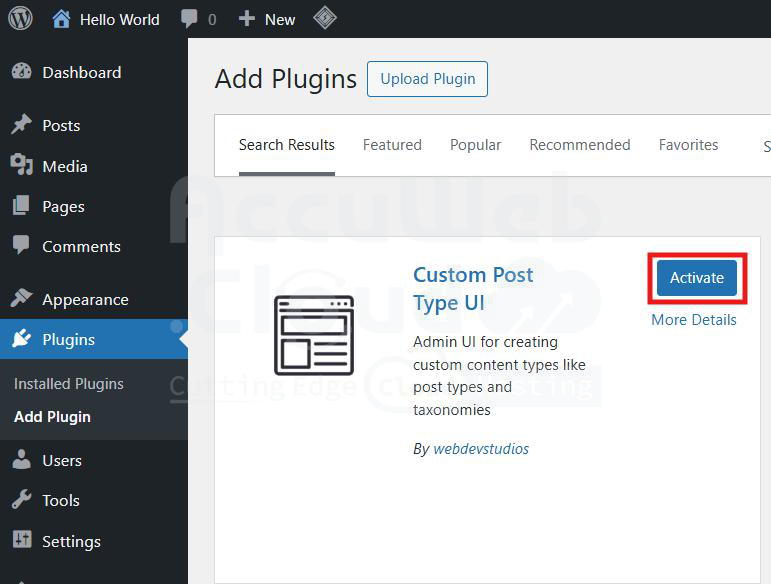How to Create Custom Post Types in WordPress Without Code?
WordPress comes with built-in post types like Posts and Pages. But what if your website needs to manage other types of content, like Portfolios, Testimonials, Events, or Products? This is where Custom Post Types (CPTs) come in. You don’t need to write a single line of code to create them. You can easily set up custom post types using plugins.
What is a Custom Post Type?
A Custom Post Type is a content type like “Posts” and “Pages” but customized for your specific needs. For example:
- Portfolio – for designers/developers
- Testimonials – for reviews
- Products – for eCommerce
- Events – for event listings
- Recipes, Books, Team Members, and more
You’ll need a reliable plugin. The most recommended and user-friendly plugin is:
Custom Post Type UI (CPT UI) – It’s free, beginner-friendly, and widely used.
Link: https://wordpress.org/plugins/custom-post-type-ui/
Step by Step to Create a Custom Post Type Using CPT UI
Step 1: Log in to your WordPress Dashboard.

Step 2: Go to Plugins > Add New. In the search bar, type Custom Post Type UI and click Install Now on the right plugin.

Step 3: Click Activate.

Step 4: Create a New Custom Post Type by navigate to CPT UI > Add/Edit Post Types from the left menu.
Step 5: Under the “Add New Post Type” section, fill in the fields:
| Field | Description |
| Post Type Slug | e.g., portfolio (lowercase, no spaces) |
| Plural Label | e.g., Portfolios |
| Singular Label | e.g., Portfolio |
Step 6: Click the Auto-populate labels button to fill in the rest automatically.
Step 7: Configure Optional Settings by Scroll down to see additional settings:
- Public – Should it be visible on the front-end?
- Has Archive – Enable if you want an archive page (e.g., /portfolio)
- Menu Position – Choose where it appears in the dashboard
- Supports – Choose what features this post type supports (title, editor, thumbnail, etc.)
Check these as needed: Title, Editor, Featured Image (for displaying images), Revisions (to track changes).
Step 8: Click Add Post Type.

Steps to Add and Display Your First Custom Post
Step 1: Go back to the Dashboard.
Step 2: You’ll now see a new menu item (e.g., “My Portfolios”) in the sidebar.
Step 3: Click Add New Portfolio.

Step 4: Add content as you would for a blog post (title, description, image, etc.).
Step 5: Click Publish.

Congratulations! You have successfully created the Custom Post Types in WordPress Without Code. You can access the Custom Post using the View button. Example of URL: https://portfolio.de-fr-01.awcompute.com/portfolio/cloud-support-engineer-portfolio-2/

Conclusion
Creating custom post types without code in WordPress is easy with a plugin like Custom Post Type UI. This helps you organize content logically and professionally, improving both SEO and user experience.




